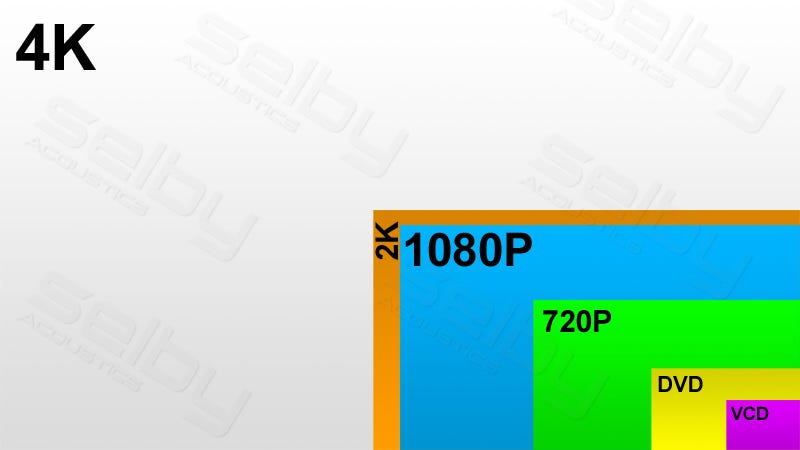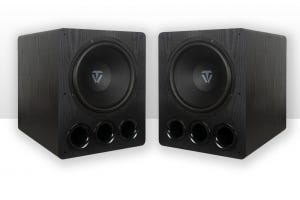It’s hard enough squinting to try and see the difference between 20 different models and sizes of televisions in the store, deciding which one you should buy, and how long it will be until it is superseded by the next model or big jump in technology. Now there’s a new (or not so new, really) term that has been injected into our technological vernacular more and more. “It’s 4k”. So what! What is 4k anyway, and what’s so good about it?
Current 1920 x 1080 resolution Full HD TVs give us an image of around 2 megapixels. High definition TV is typically 720p (HD Ready) or 1080p (Full HD), both of which display increased picture information than standard definition televisions. Essentially if you have more pixels, you will have more detail.
4k refers to one of two higher definition resolutions: 3840 x 2160 pixels or 4096 x 2160 pixels. 4k is four times the high definition resolution of 1080p (1920 x 1080 pixels) giving us an image of around 8 megapixels. What does this mean to your regular viewing? Well, the higher the pixel count the larger the screen can go before you will notice them begin to break up.
Now officially dubbed “Ultra HD”, a television, display or projector must display a minimum resolution of 3,840 x 2,160 pixels (2160p) and at least 16x9 aspect ratio, to be able to boast the Ultra HD title. It must also have at least one digital video input (such as an upgraded HDMI, PC or newly created digital input protocol) that is capable of receiving a native 4k resolution video source signal without the need for upscaling.
Many current movie cameras are already filming above 4k resolution, thousands of cinemas worldwide are screening in 4k and film houses are consistently re-mastering older movies at minimum 4k, to ensure content will be increasingly available as the technology is adopted on a higher volume.
Although current HD TV's are providing excellent resolution, manufacturers are always trying to encourage us to jump aboard new technology, and upgrade our equipment. Keep in mind however that Australian Television is not yet broadcast in 4K,so for now 4K TV owners are limited to watching high-definition broadcasts or Blu-ray discs upscaled to 4K by the TV's internal circuitry.
Initially touted by manufacturers such as Sony, Panasonic, Samsung and Toshiba in enormous 84” screens, the Home Theatre market is beginning to adopt Ultra HD at a faster pace with a push to include Ultra HD in smaller screens of about 55” (the most popular large screen size commercially at the moment), to allow it to be more affordable for the “average” enthusiast. Consumers adopting 4K now are hoping that more content will be available sooner rather than later and that getting in early will future proof their systems...for now.
At the recent CES 2014 (Consumer Electronics Show) held in Las Vegas, Ultra HD was again the most talked about technology for the very near future. All the major players were demonstrating their version of the technology, and it certainly had many people excited at the potential it holds within the film and home theatre scenes.
Will you be an early adopter?








